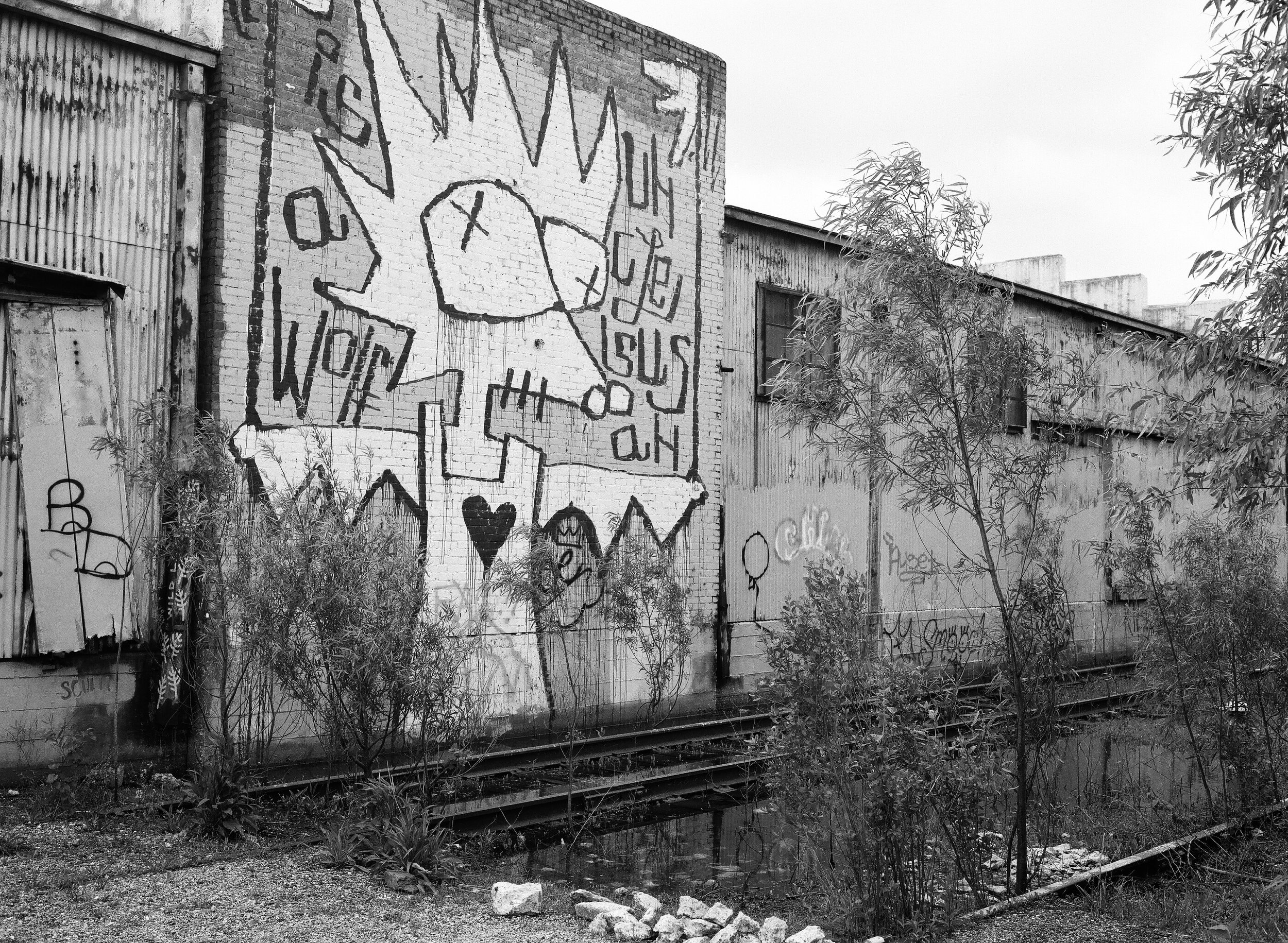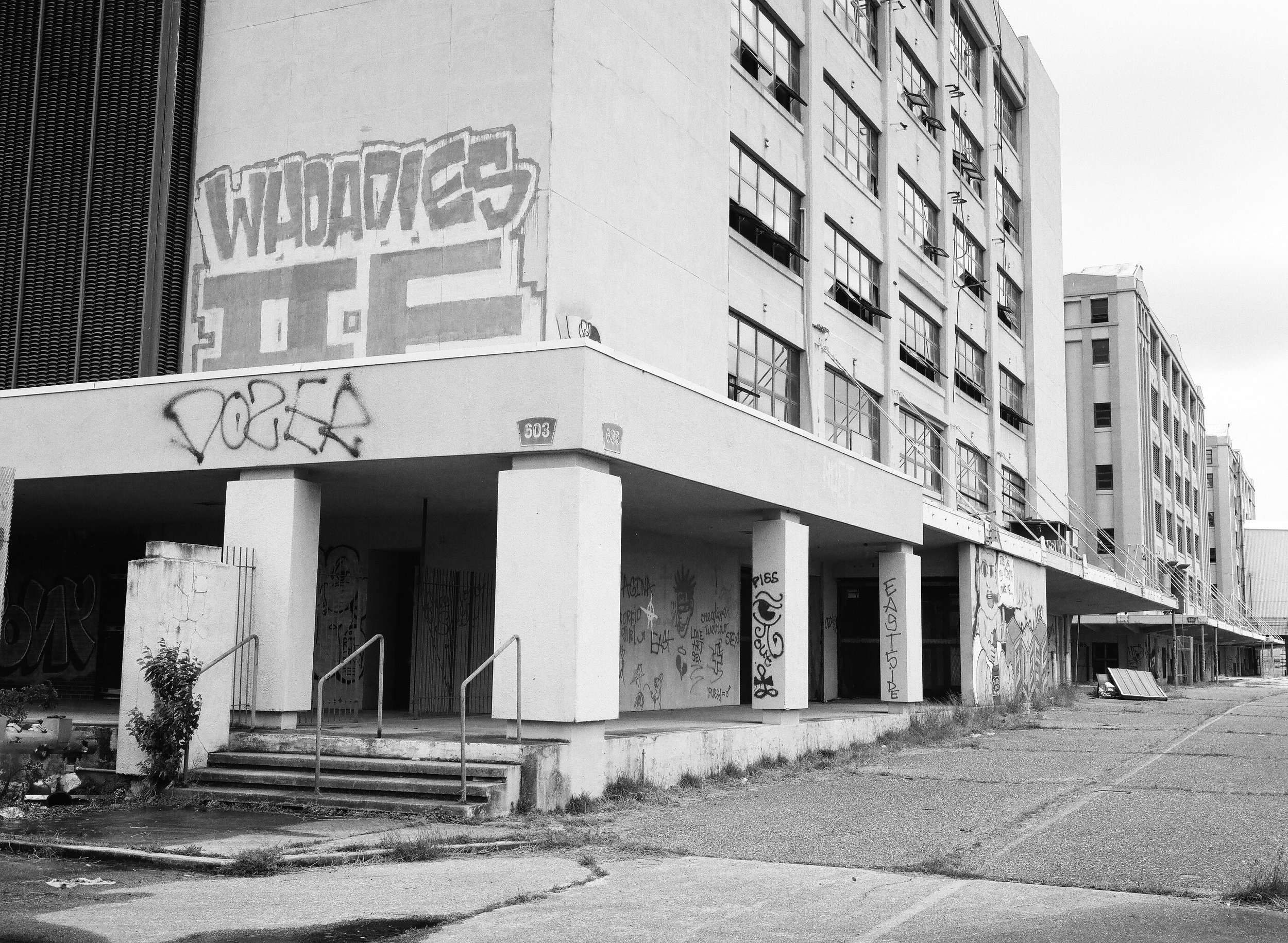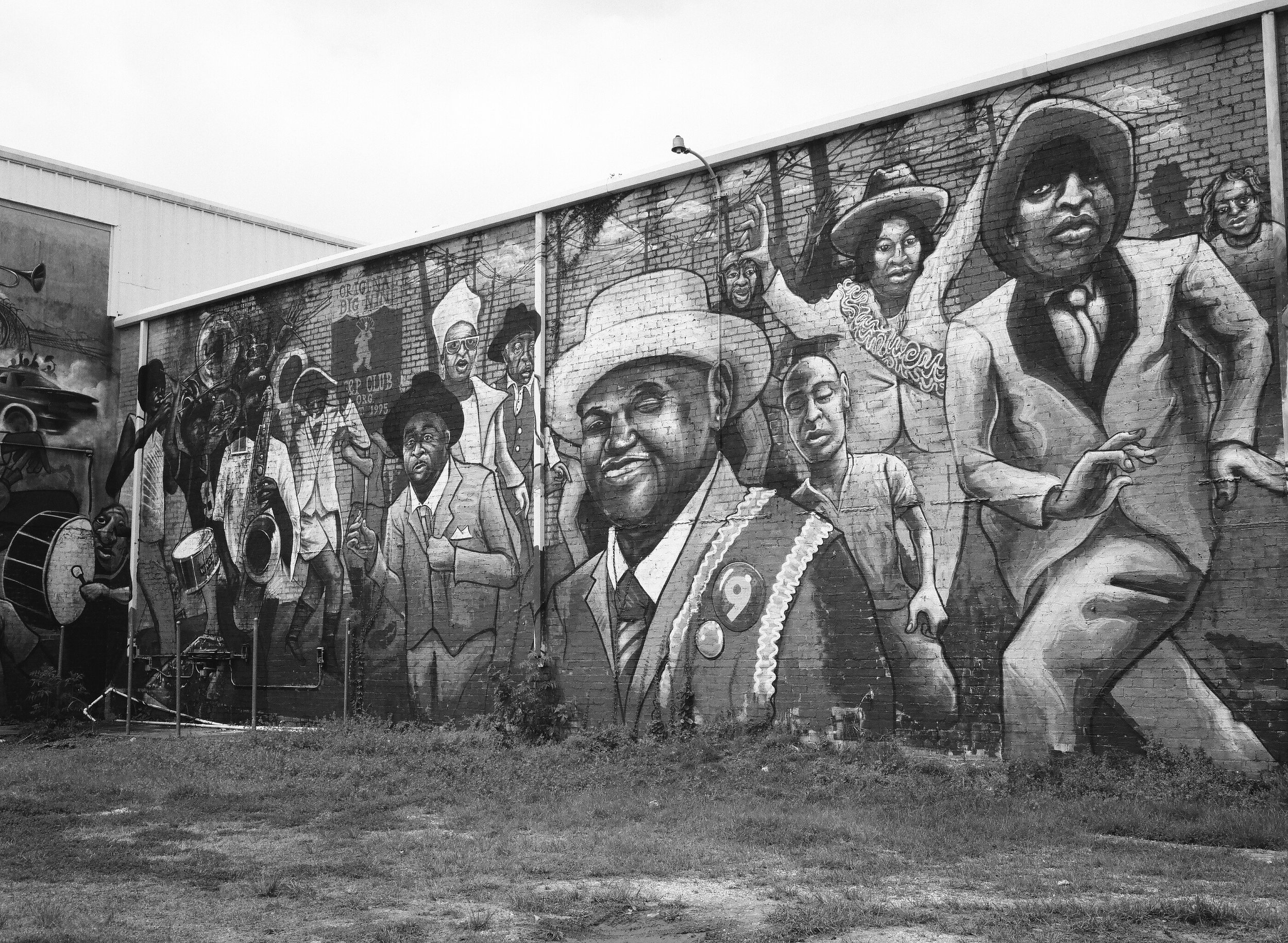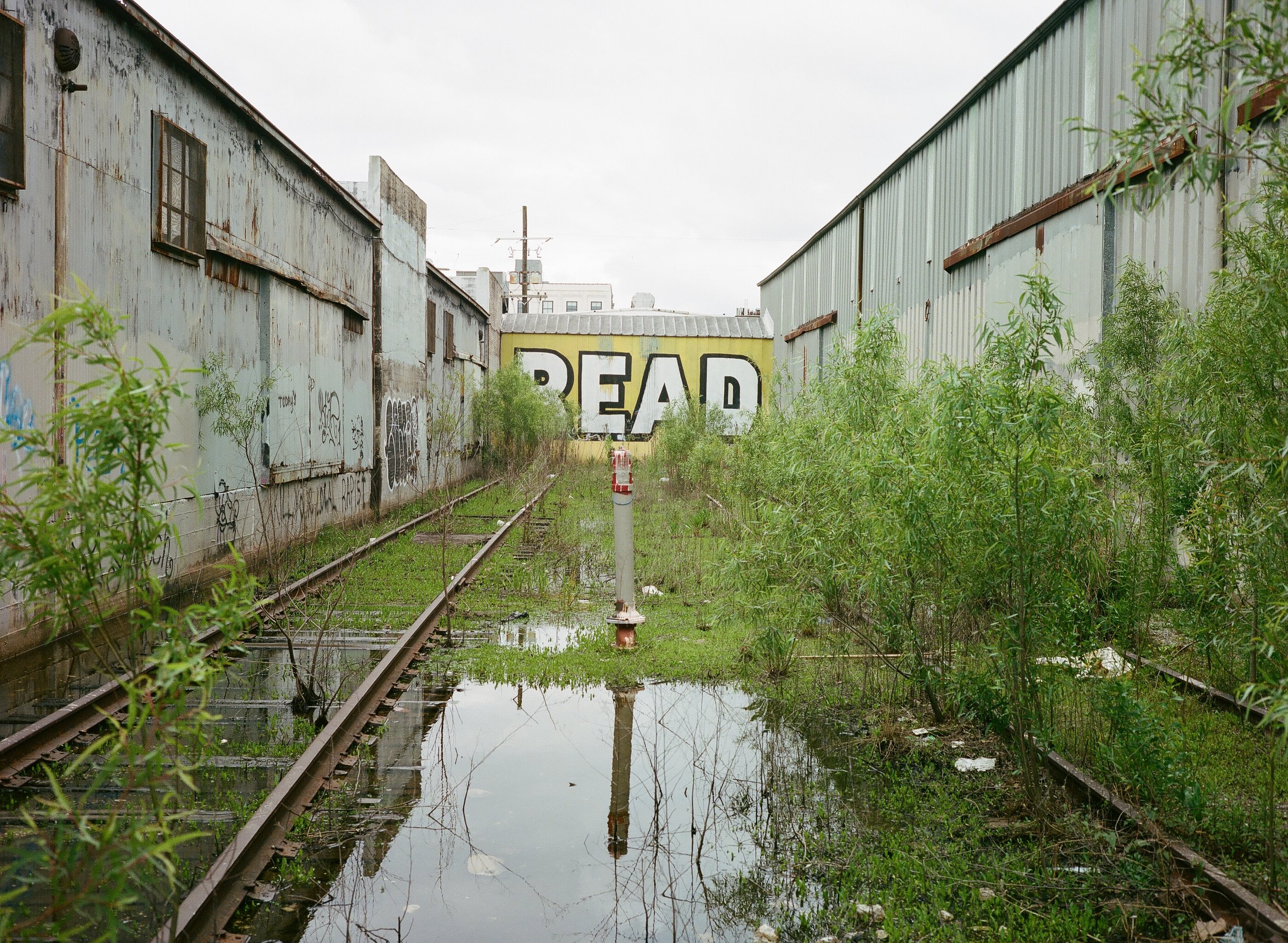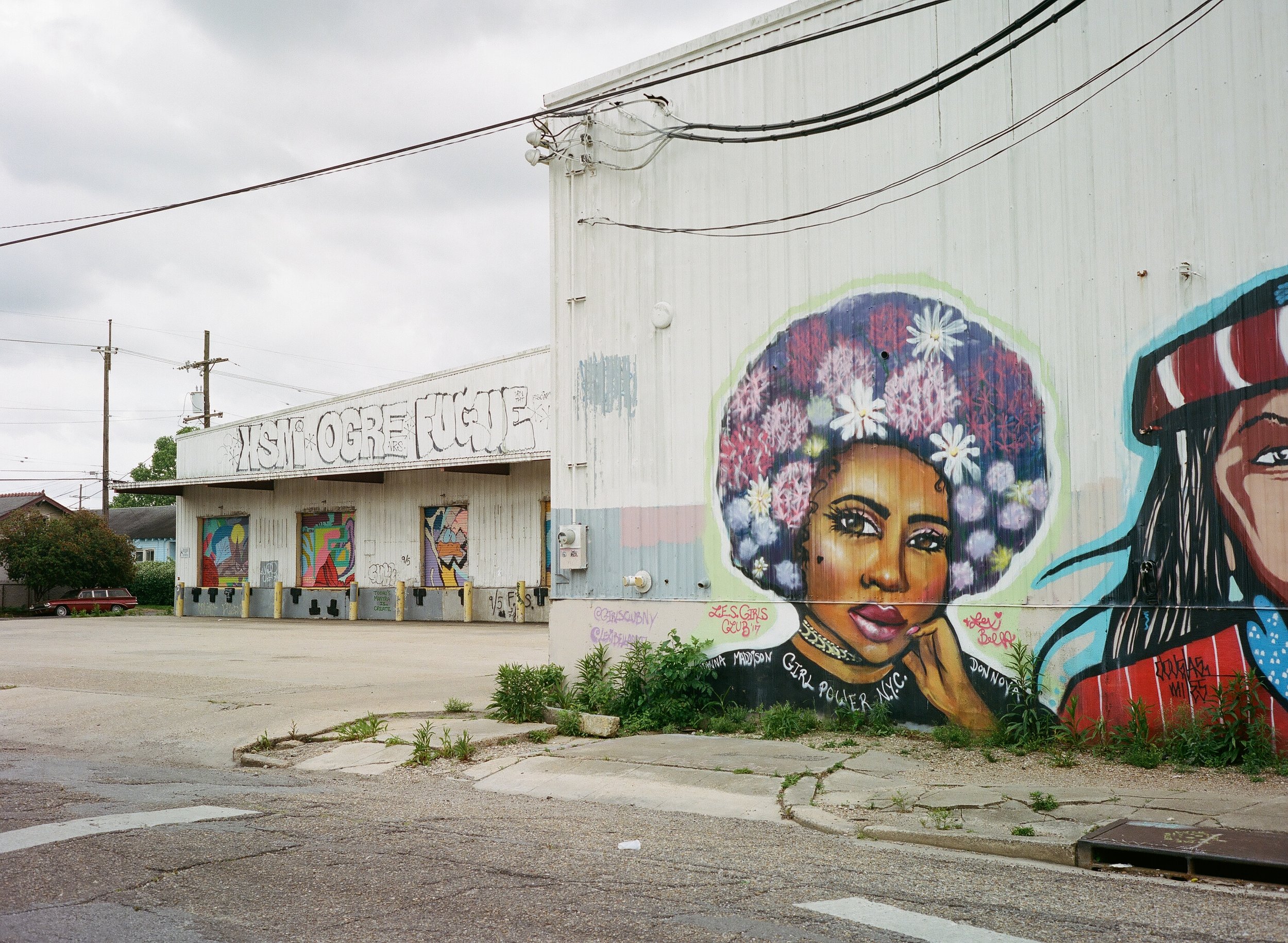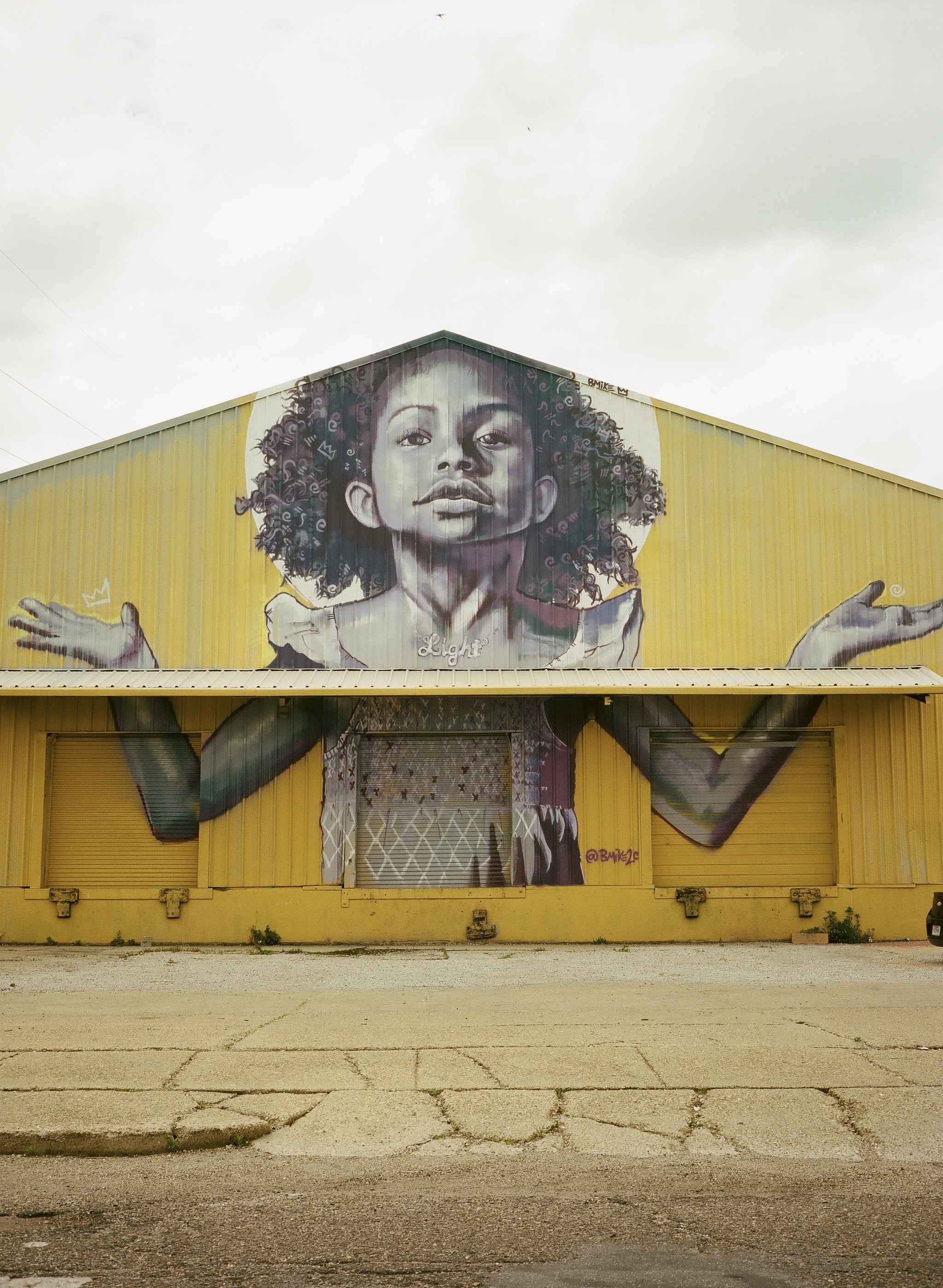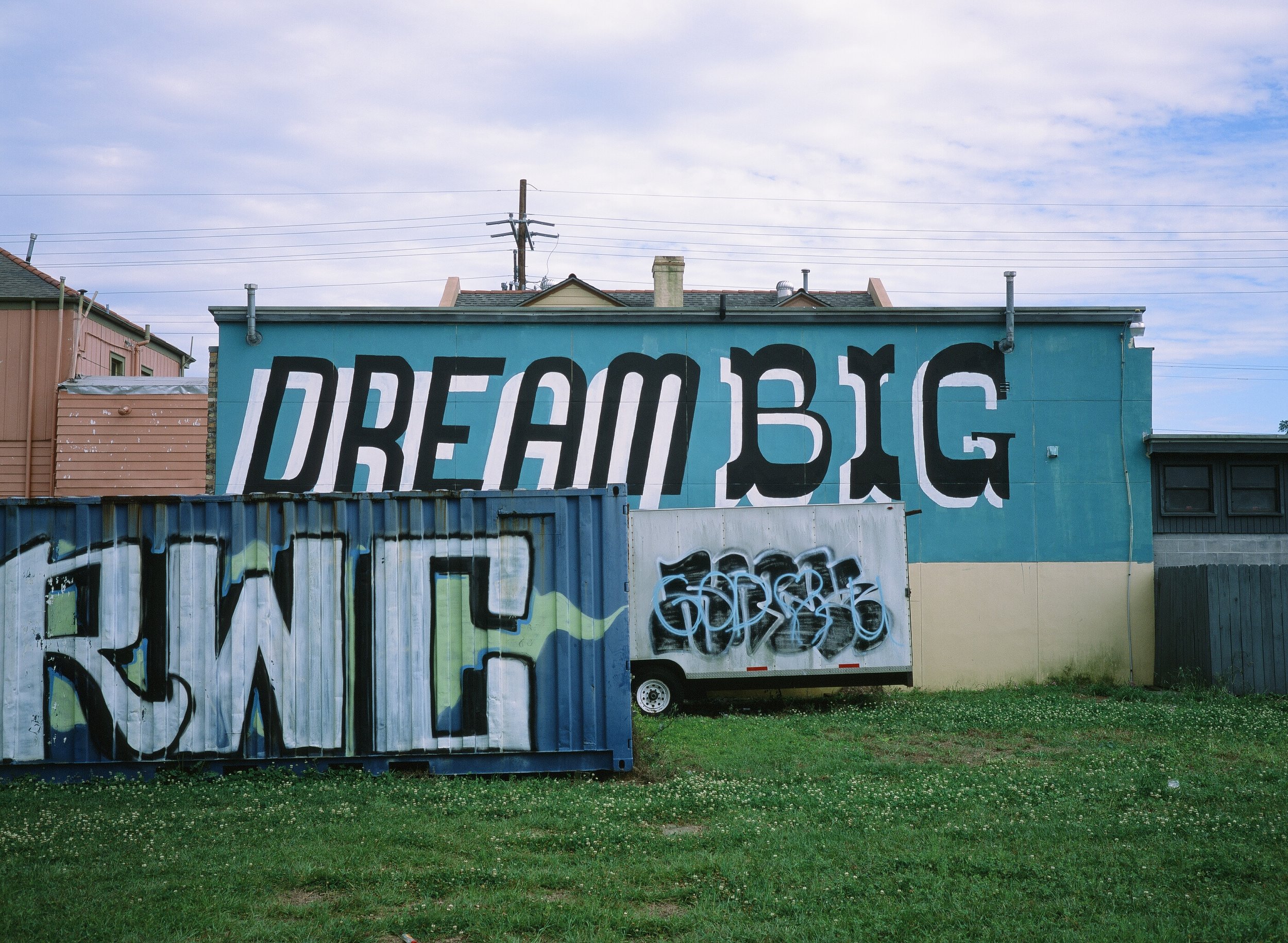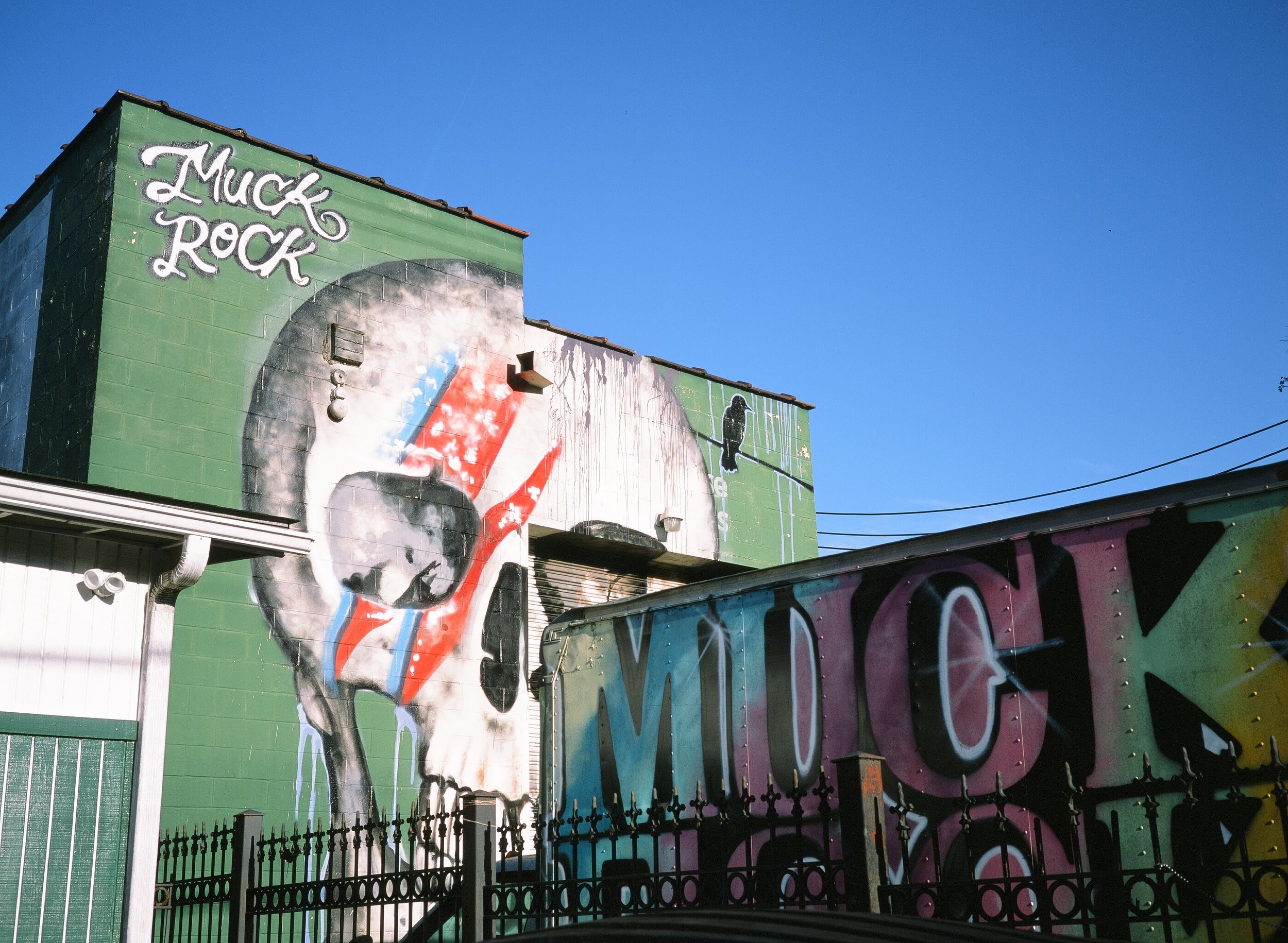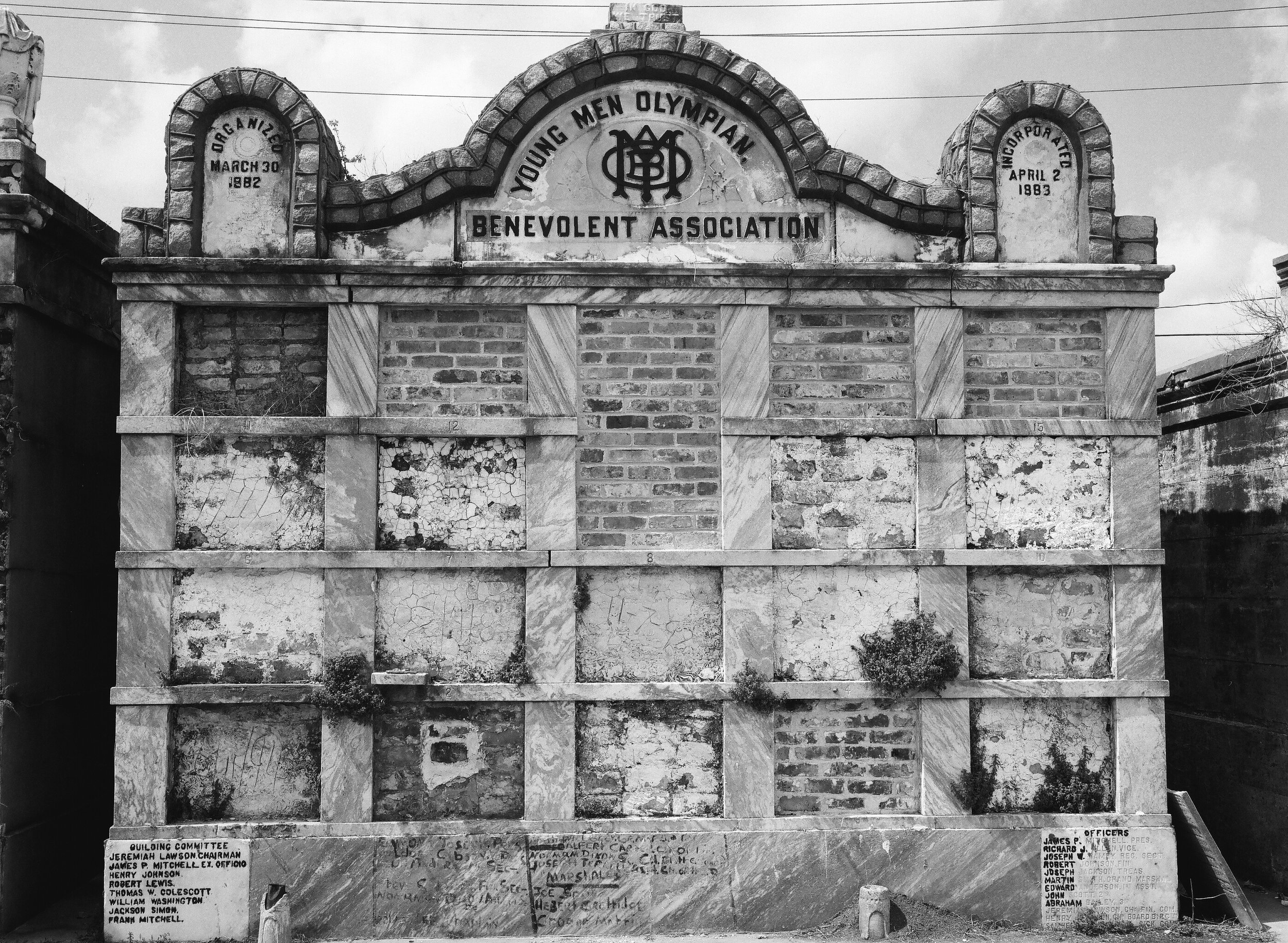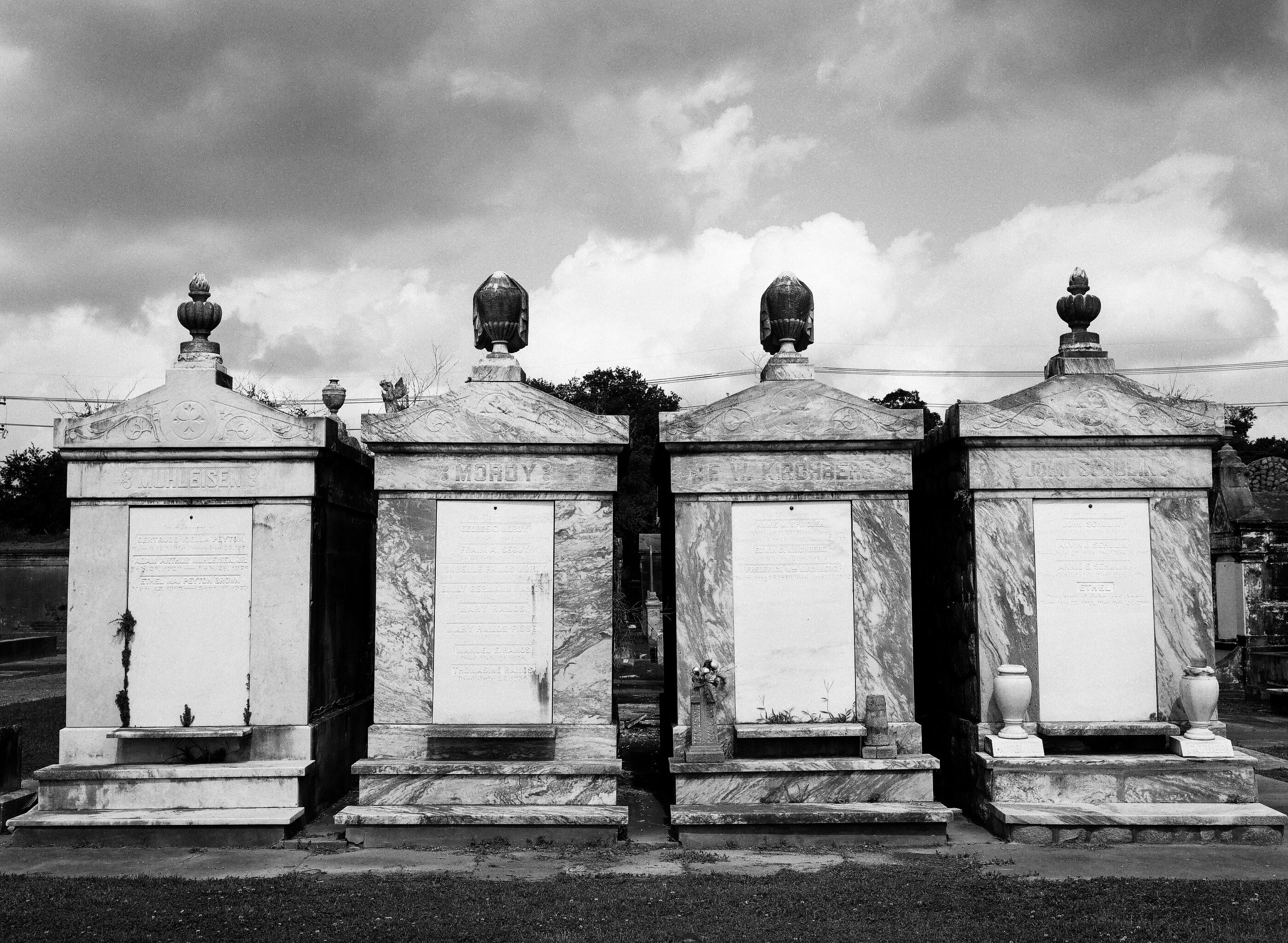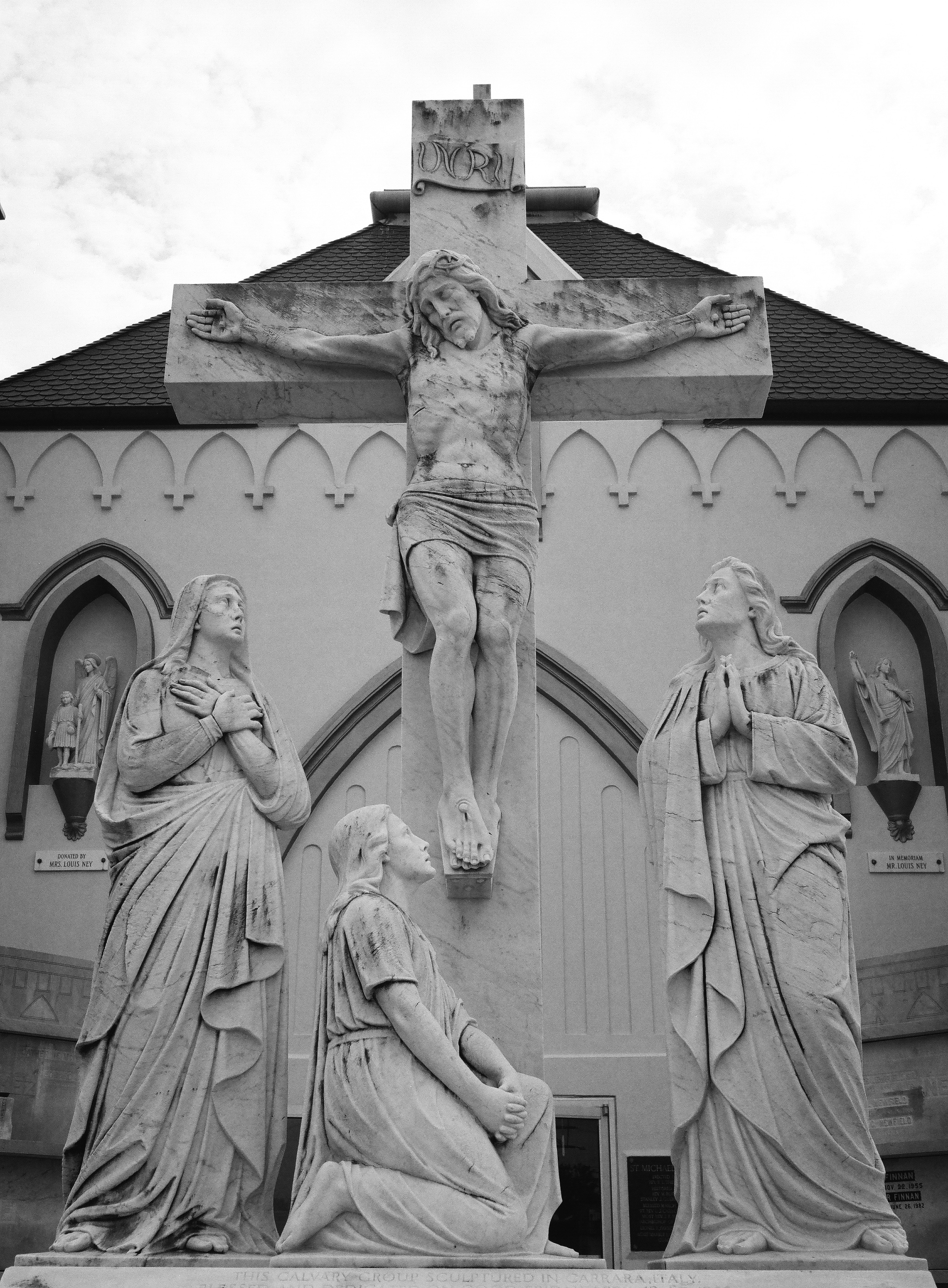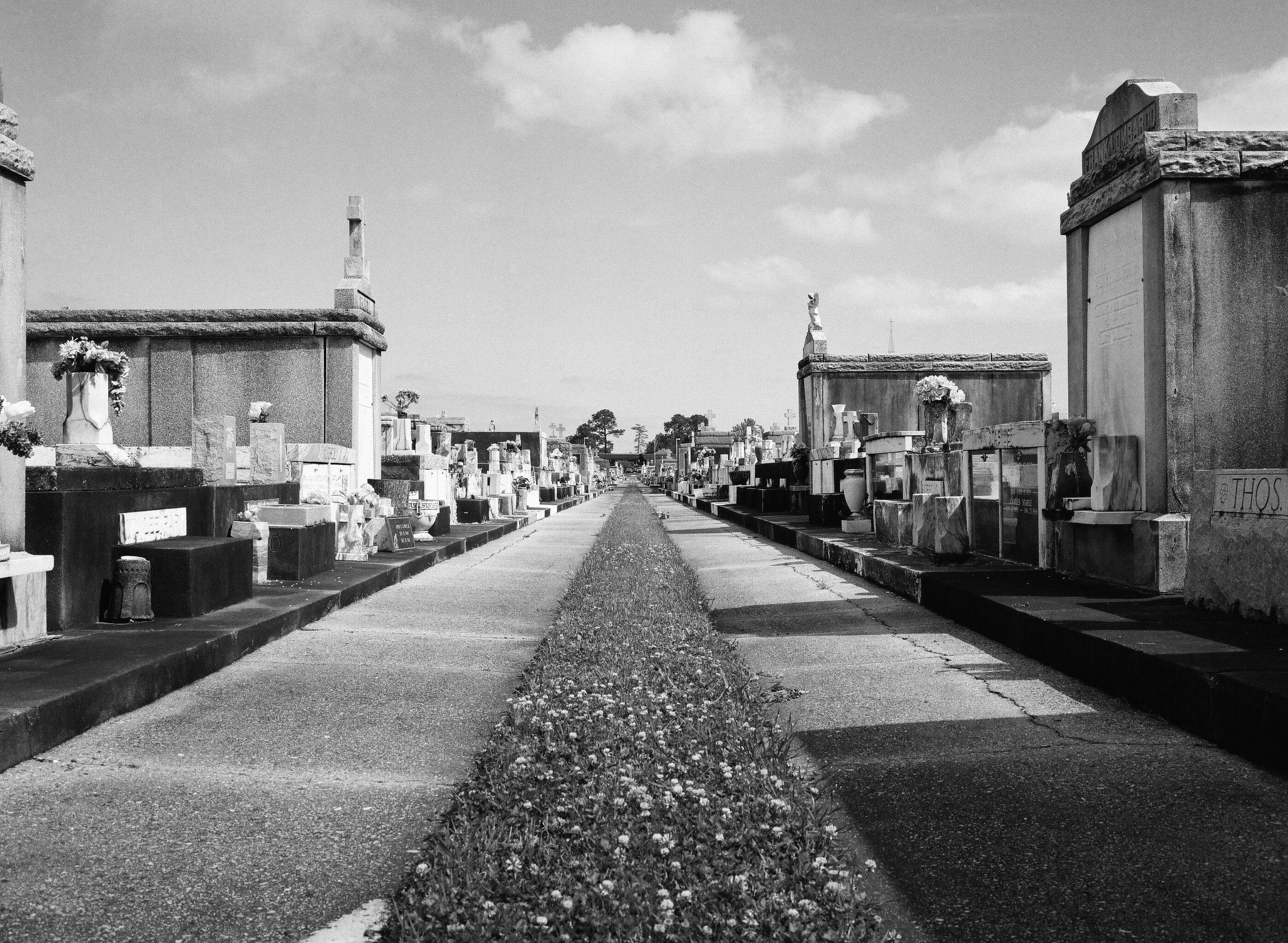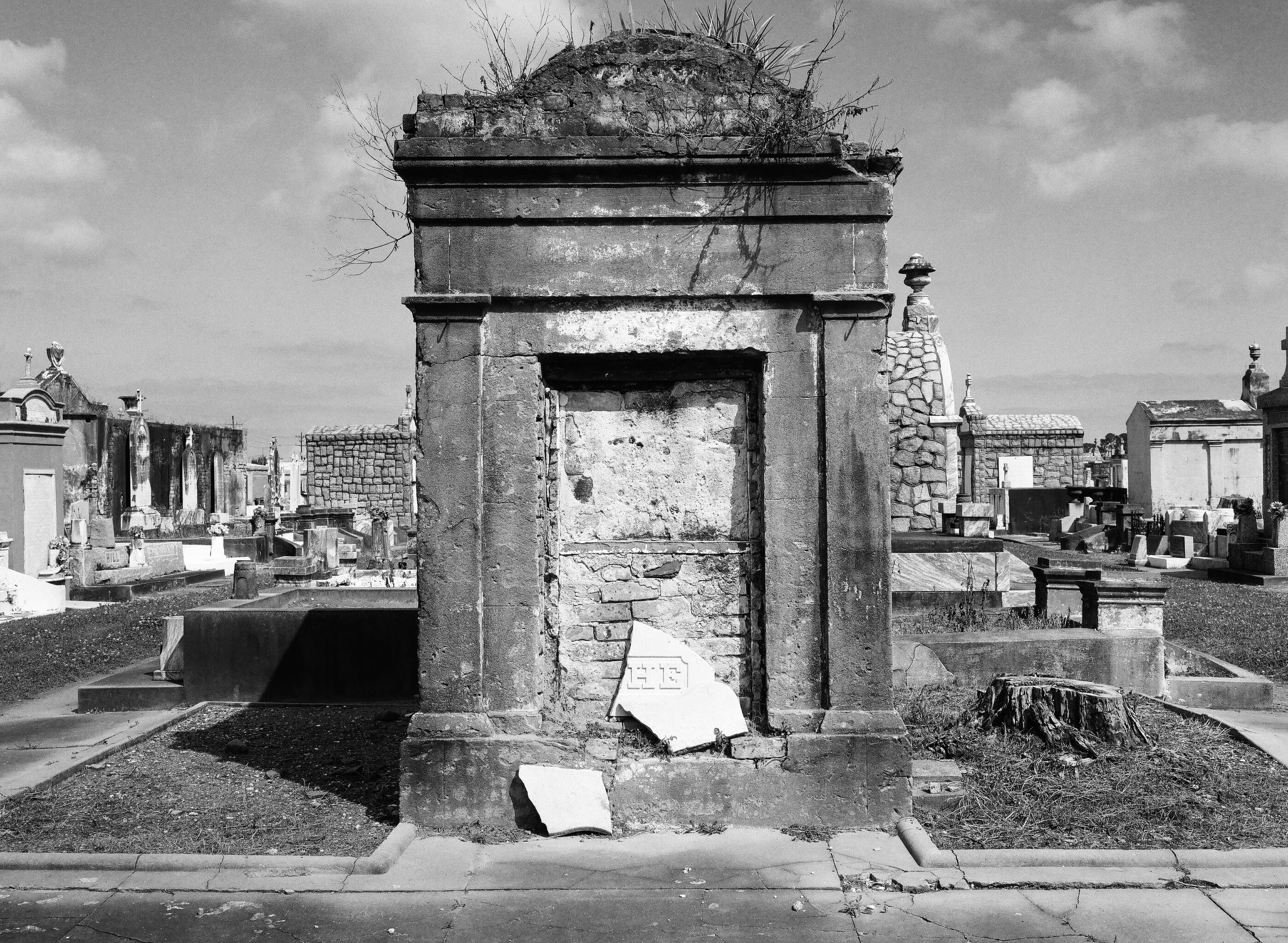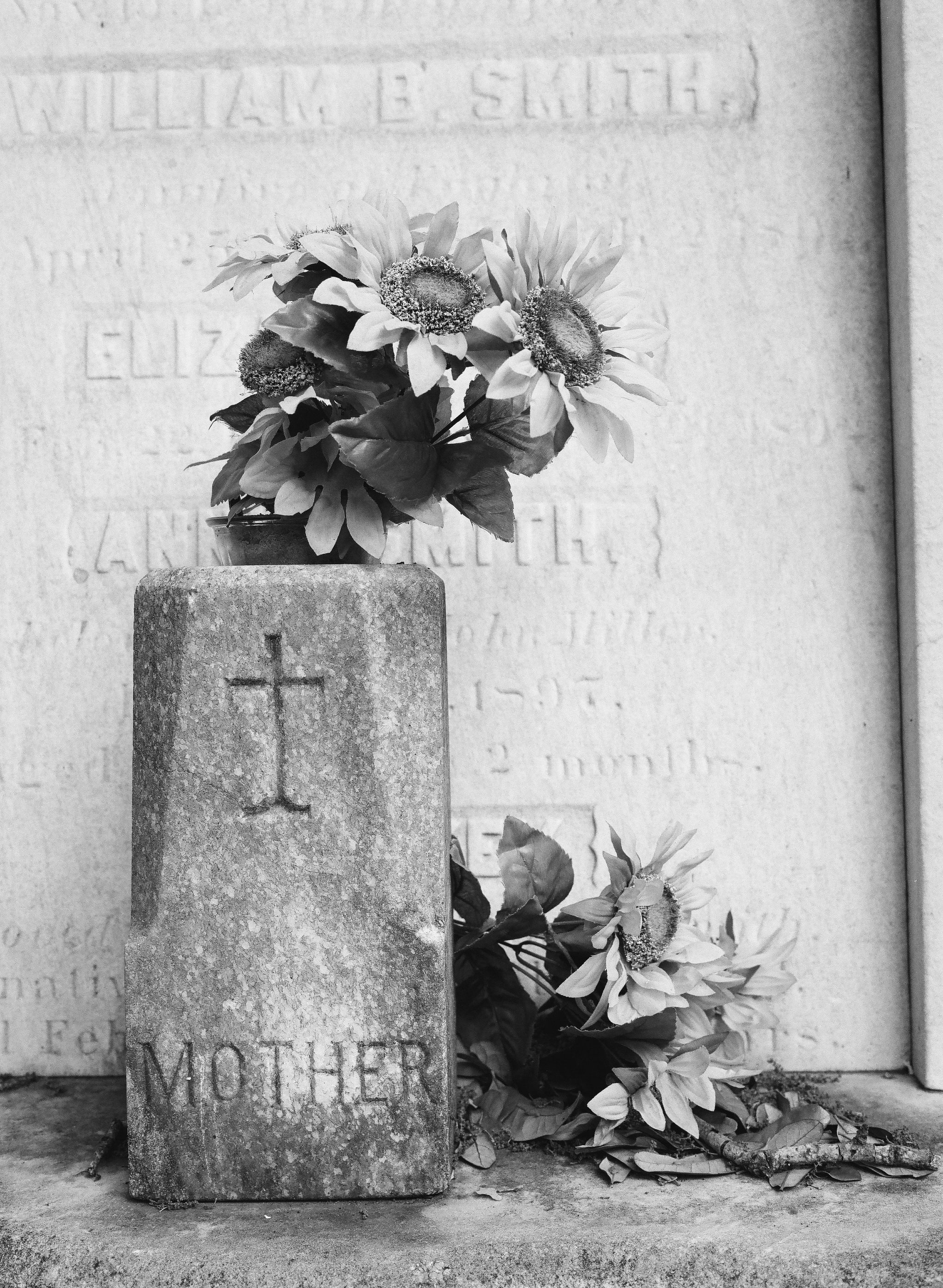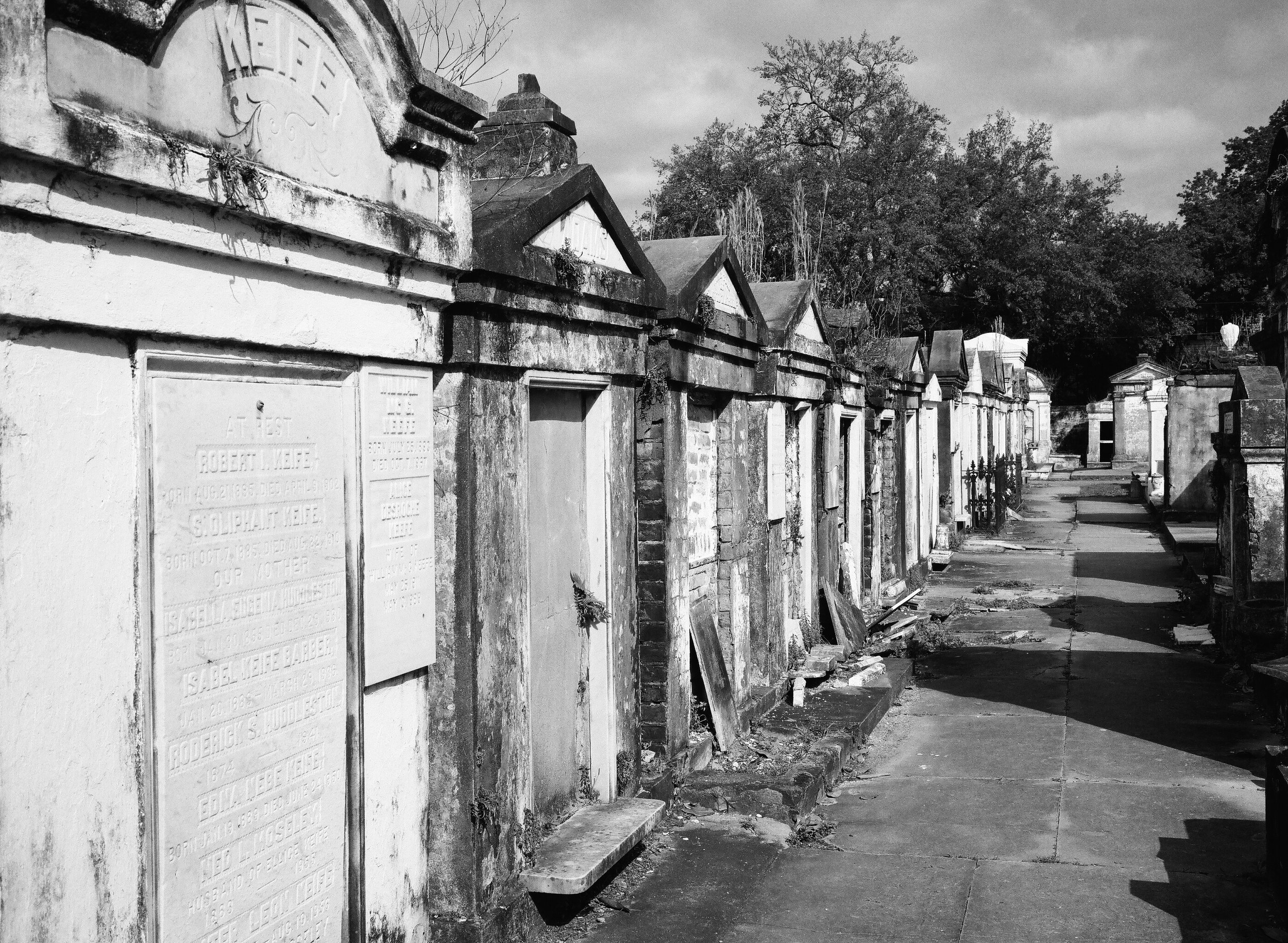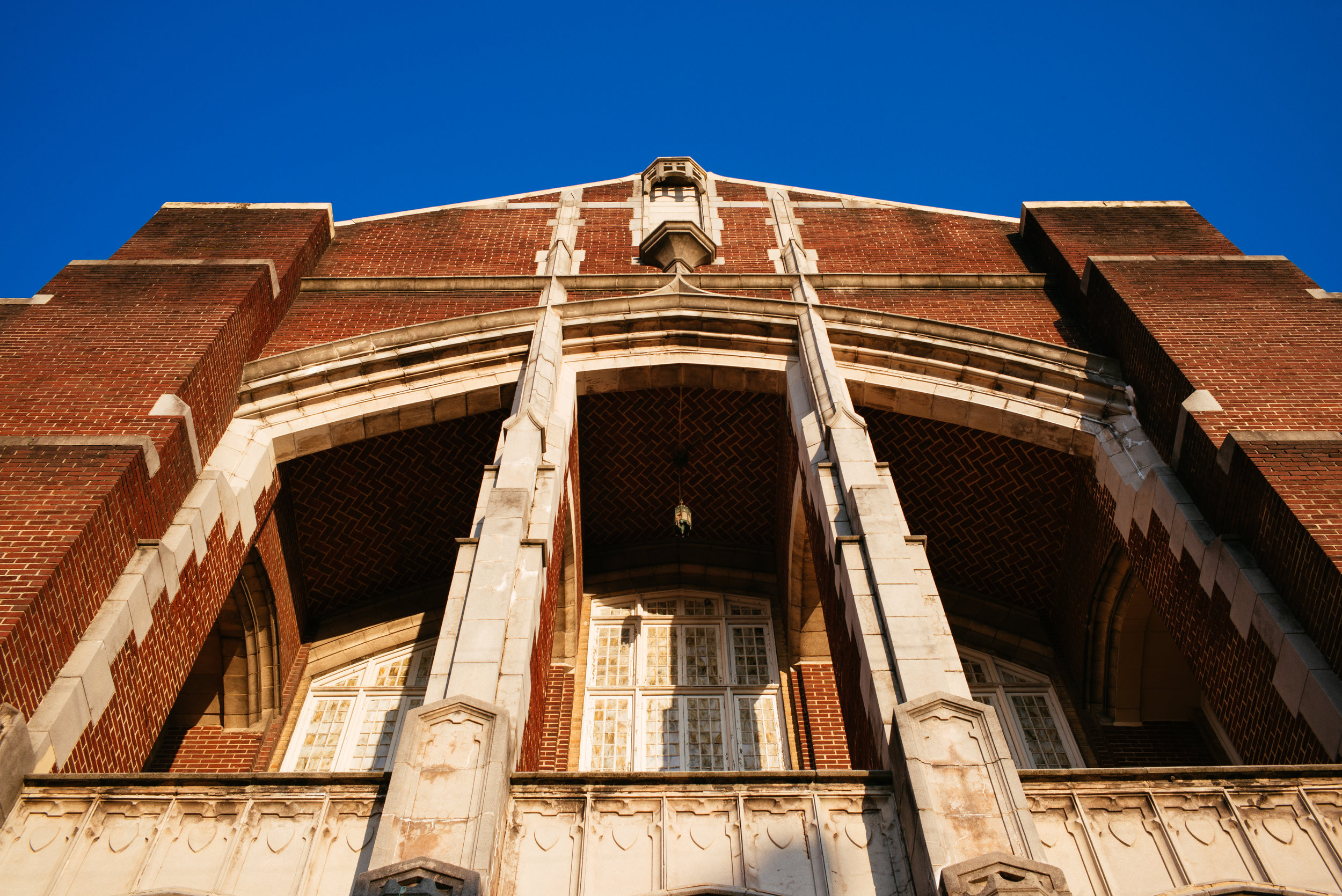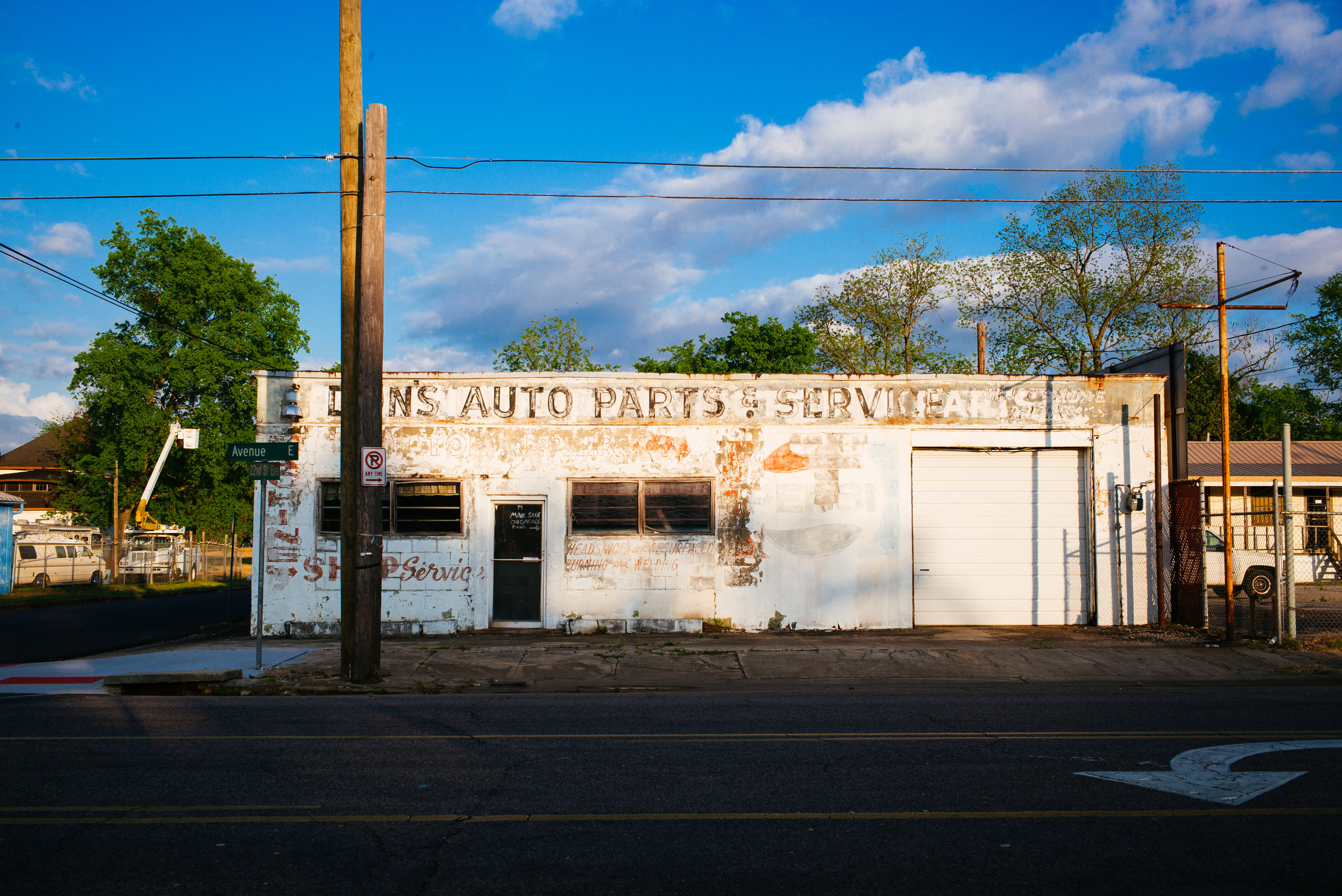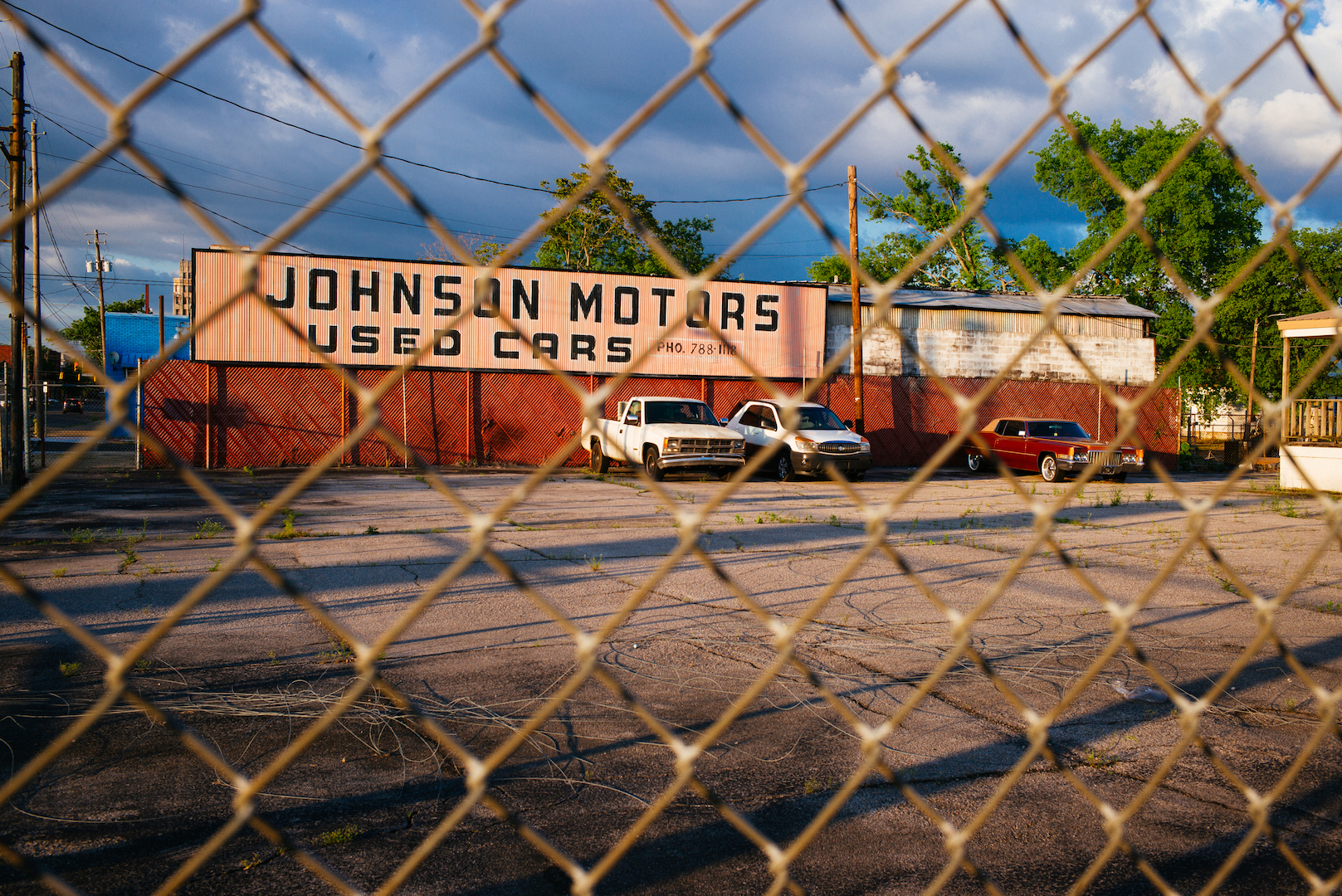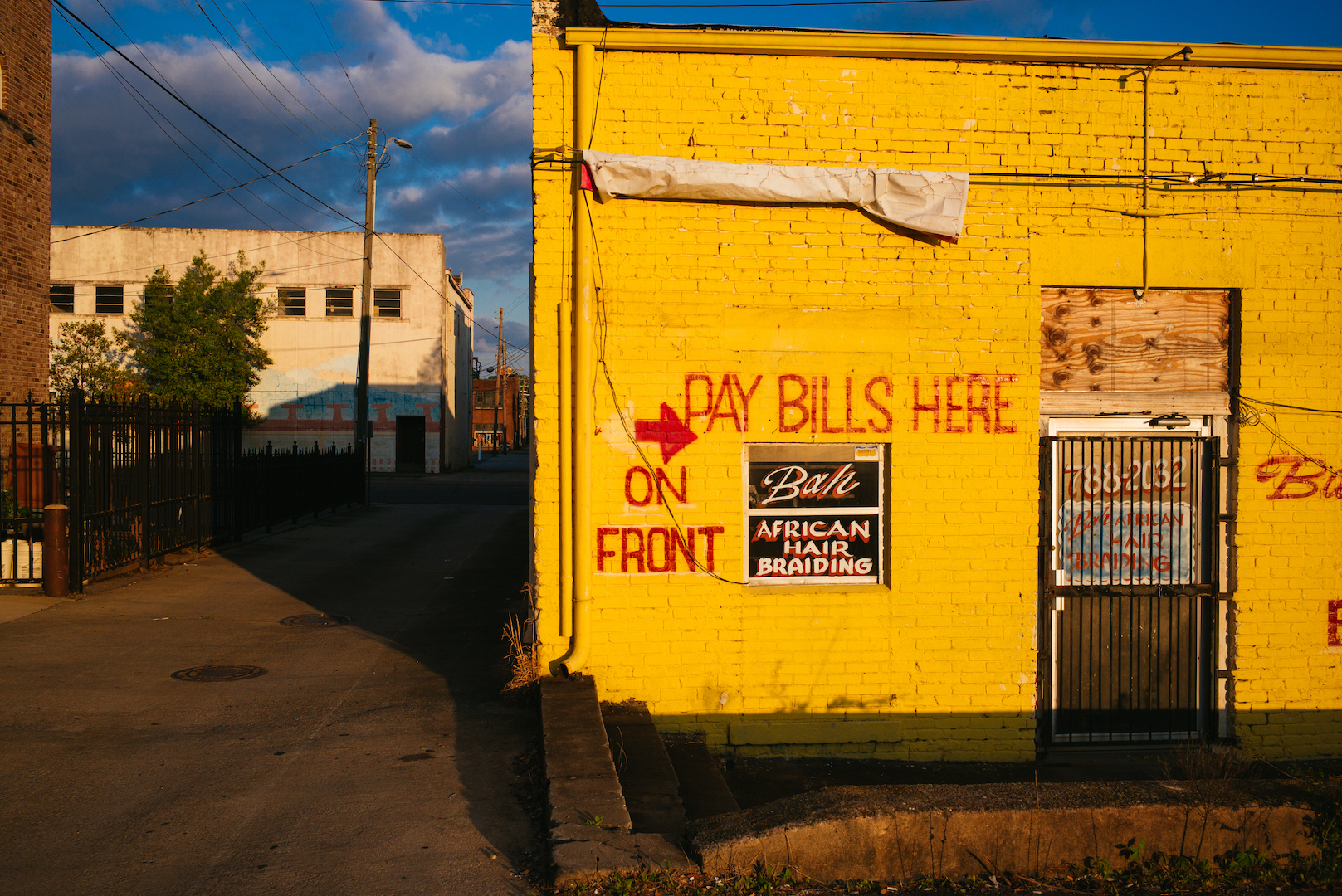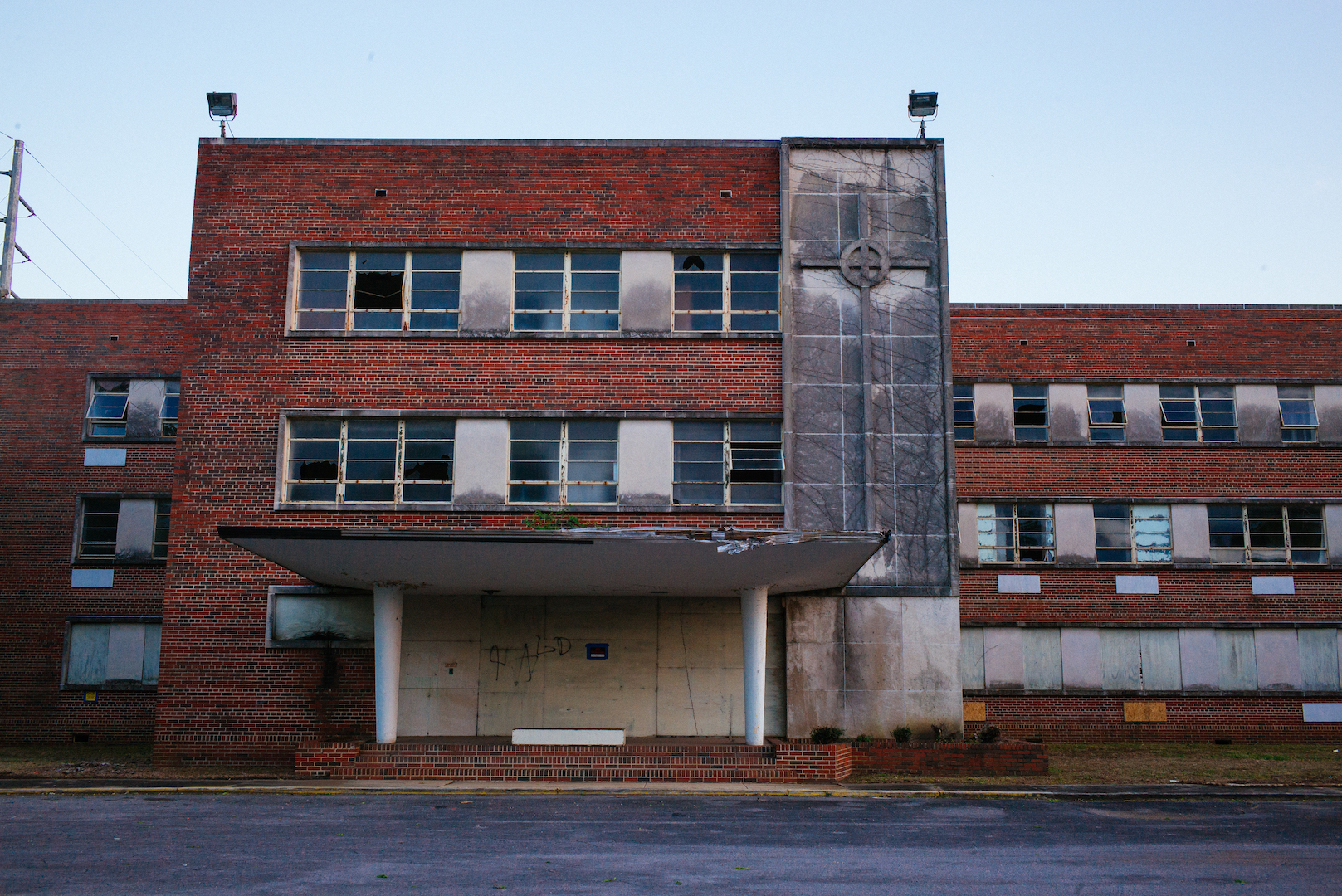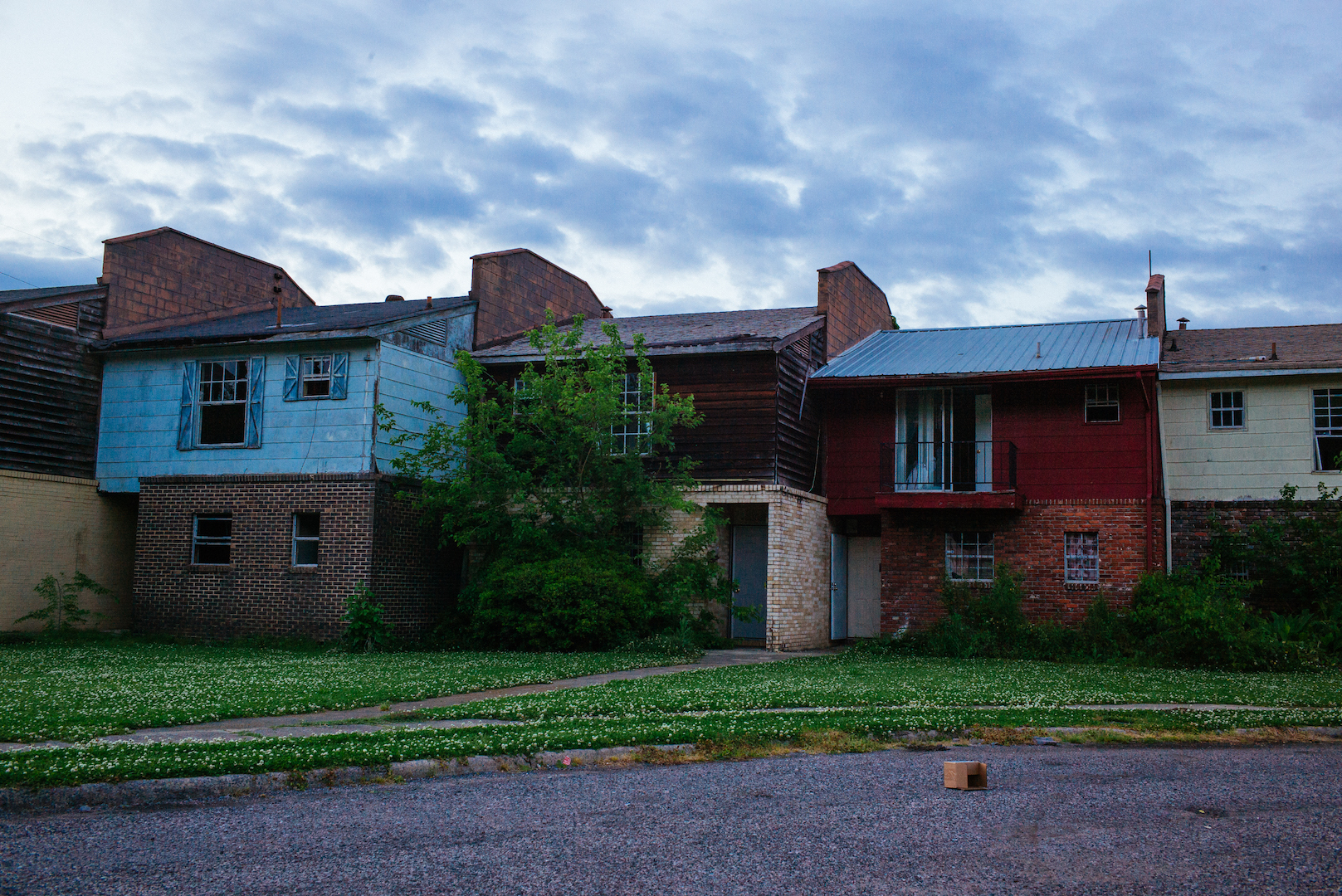a few shots with a contax t2
I rented a Contax T2 last month, and put it through the ringer, shooting 7 rolls of film in a variety of different conditions. For a camera that retails on eBay for nearly $1,000, it's a little underwhelming. Yes, it's well-built and feels great in the hand. It looks good—no small thing—and it's slim enough to put in a back pocket.
At the same time, the manual controls are a pain to use, and the focus delay makes shooting a little perilous—you're never quite sure if you've achieved proper focus. And while there is an aperture priority mode, the viewfinder layout is confusing, making it difficult to see if you have the right exposure. If I were buying a 35mm camera and had cash to spare, I would invest it toward a different point and shoot, or even better, a proper rangefinder.
Having said that, the lens is sharp and contrasty, with vignetting that adds a nice bit of character to your photos. I'm happy with the results, even if I'm not thrilled with the camera itself.
Downtown Richmond, VA. Kodak Tri-X 400.
Just near Penn Station in New York, NY. Fuji Provia 100f.
The Colonnade at the University of Virginia. Fuji Acros 100.
Seen in Scottsville, VA.




